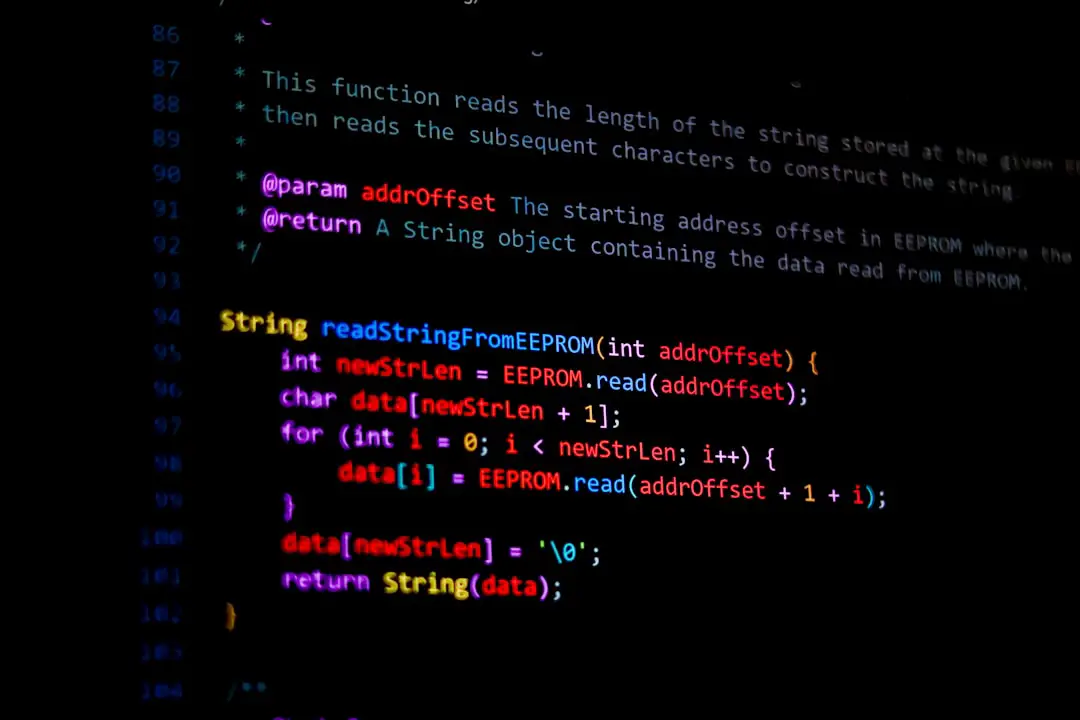High-performing landing pages are crucial for successful digital marketing, and one often overlooked factor is their loading speed. When a landing page takes more than a few seconds to load, potential visitors may abandon it before they ever see the content. Fortunately, modern website generators offer tools and features that make optimizing for speed more accessible than ever.
Why Loading Speed Matters
Studies show that even a one-second delay in page load time can decrease conversions by up to 7%. Fast-loading pages enhance user experience, reduce bounce rates, and improve SEO rankings. In this context, using a website generator can help streamline both page creation and performance tuning processes.
How Website Generators Can Improve Loading Speeds
Website generators such as Static Site Generators (SSGs) like Gatsby, Hugo, or Jekyll are particularly effective in optimizing loading speed. These tools compile HTML, CSS, and JavaScript into static files, which are faster to load compared to dynamic pages that rely on server-side generation.
- Pre-rendered content: Generators produce static pages that don’t require real-time server processing.
- Optimized assets: Many generators automatically compress images, minify scripts, and remove unused code.
- Built-in caching capabilities: These help reduce server load and improve response times.

Best Practices for Landing Page Optimization Using a Generator
While generators provide an excellent foundation, there are still best practices developers should follow to achieve maximum performance.
1. Use Lightweight Themes and Layouts
Choose themes that are minimalistic and designed for speed. Avoid complex animations and excessive JavaScript. Every additional library or visual element can negatively impact loading time.
2. Optimize Images
Generators often support image optimization plugins or integrations. Consider serving modern formats such as WebP and setting responsive image sizes to ensure fast loading on all devices.
- Use lazy loading to defer off-screen image loading.
- Compress large images without sacrificing visual quality.
- Store images in a CDN for faster global access.
3. Minify Code
Minification reduces the size of JavaScript, CSS, and HTML files by removing extra whitespace and comments. Most generators support this either by default or through plugins.
4. Reduce External Requests
The fewer requests a page makes to external resources, the faster it loads. Keep fonts, icons, and scripts local whenever possible, and only load critical assets.
5. Enable Compression and Caching
Using Gzip or Brotli compression can significantly shrink file sizes. Combine that with caching headers to enhance repeat load performance for returning users.
6. Implement Lazy Loading for Non-Essential Elements
Defer components not required for the initial page render. This could include videos, carousels, or third-party widgets.

7. Monitor Performance Regularly
Tools like Google PageSpeed Insights or Lighthouse can analyze your landing page and provide suggestions. Set performance budgets and monitor after every update.
Choosing the Right Generator
Selecting the appropriate generator is as critical as implementing best practices. For instance:
- Gatsby: Ideal for React developers who want performance out-of-the-box with plugins and GraphQL support.
- Hugo: Known for speed, Hugo can generate thousands of pages in seconds.
- Jekyll: A great option for those familiar with Markdown and GitHub Pages.
Frequently Asked Questions (FAQ)
- Q: What is the difference between static and dynamic landing pages?
A: Static pages are pre-generated and load faster, while dynamic pages are created on the server during each request. Static pages are generally better for performance. - Q: Can I use a CMS with a static site generator?
A: Yes, many headless CMS options like Contentful or Sanity integrate well with generators. - Q: How important is mobile optimization?
A: Extremely important. Most users access landing pages from mobile devices, making speed and responsiveness crucial. - Q: Do all generators support SEO-friendly features?
A: Many do, but it depends on the generator and plugin support. SEO best practices can usually be implemented manually if needed. - Q: Should I host my static landing page on traditional servers?
A: Using CDNs or static hosting platforms like Netlify or Vercel offers better performance and scalability.
By combining the power of a website generator with smart optimization techniques, marketers and developers can achieve lightning-fast landing pages designed to engage and convert users efficiently.
